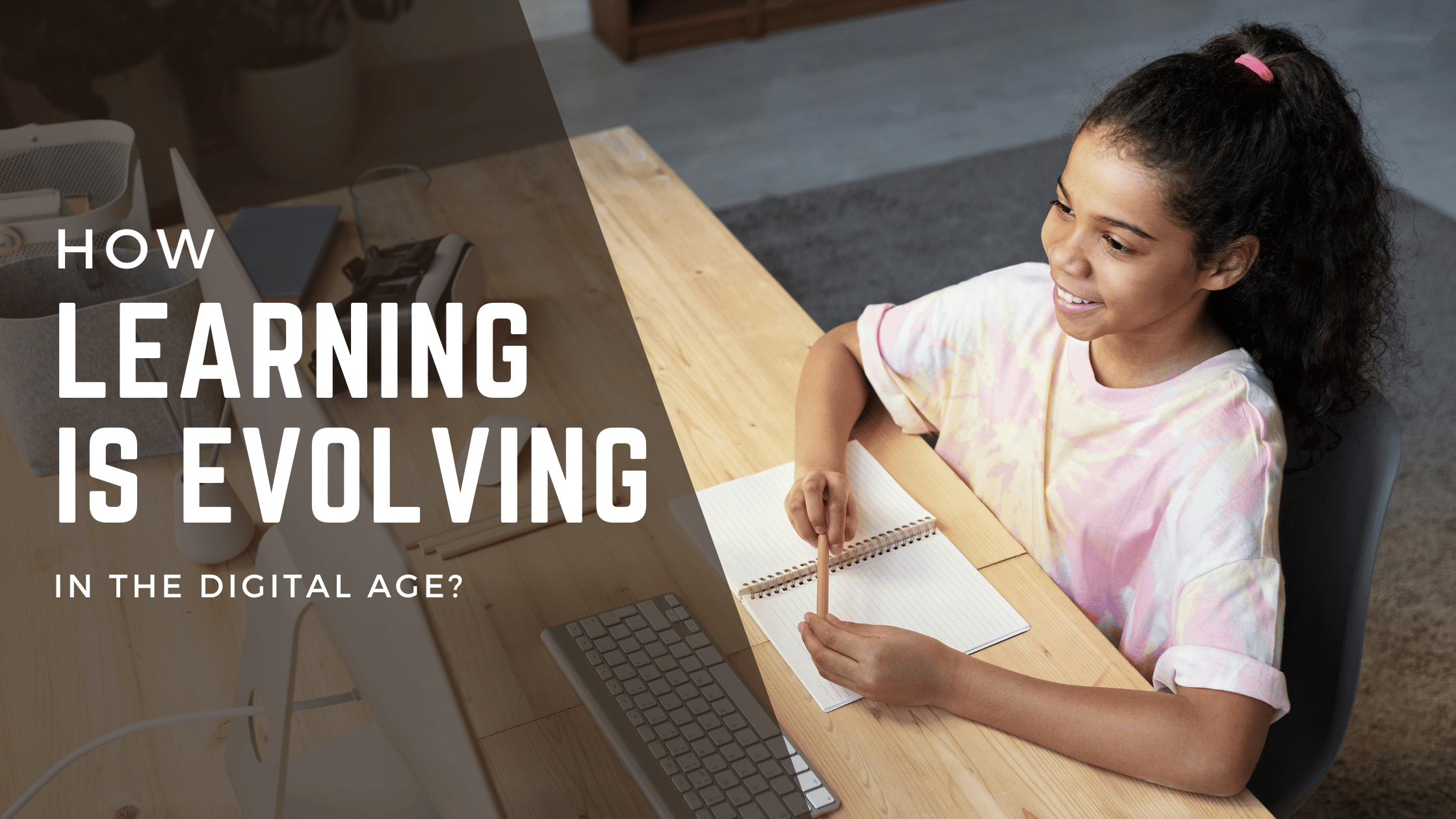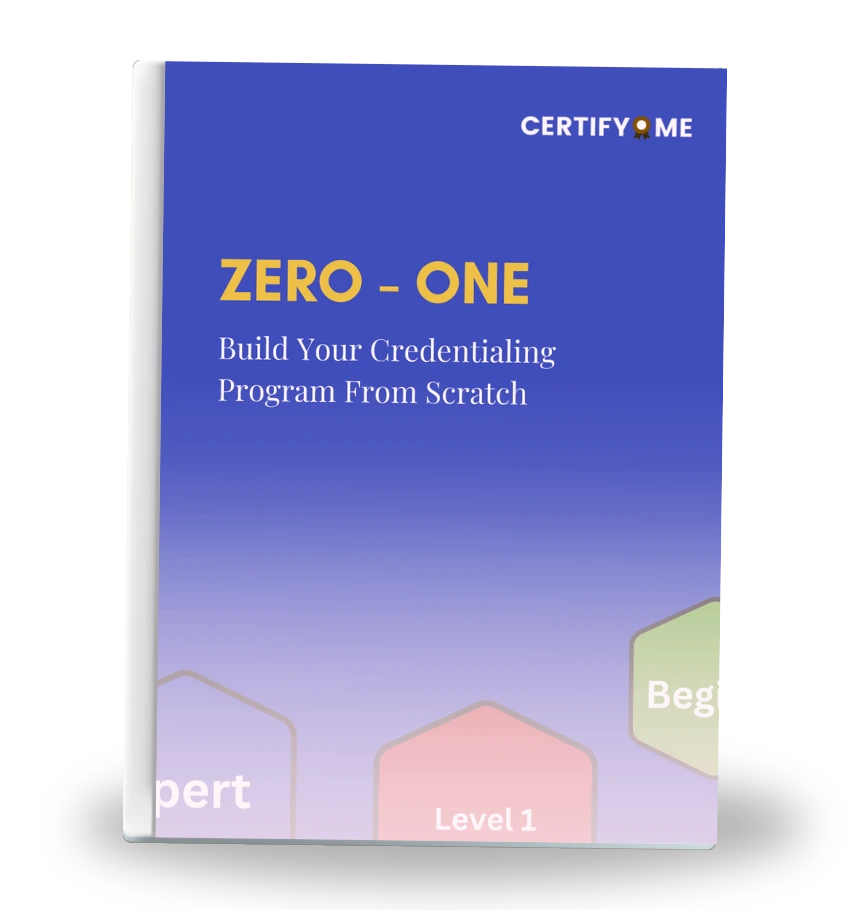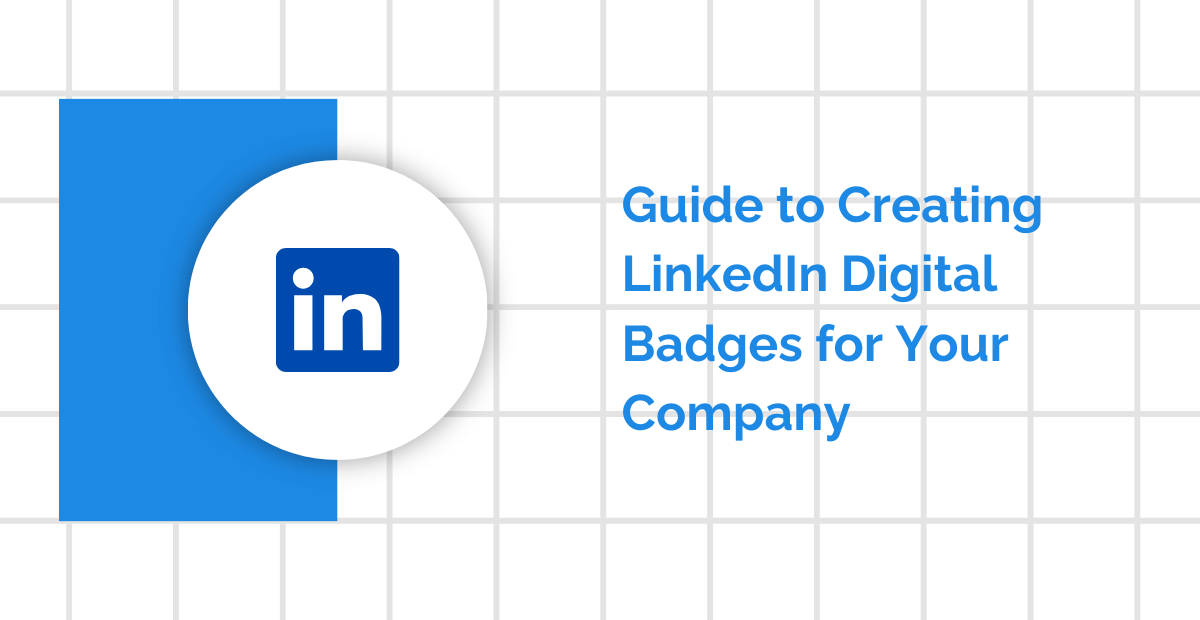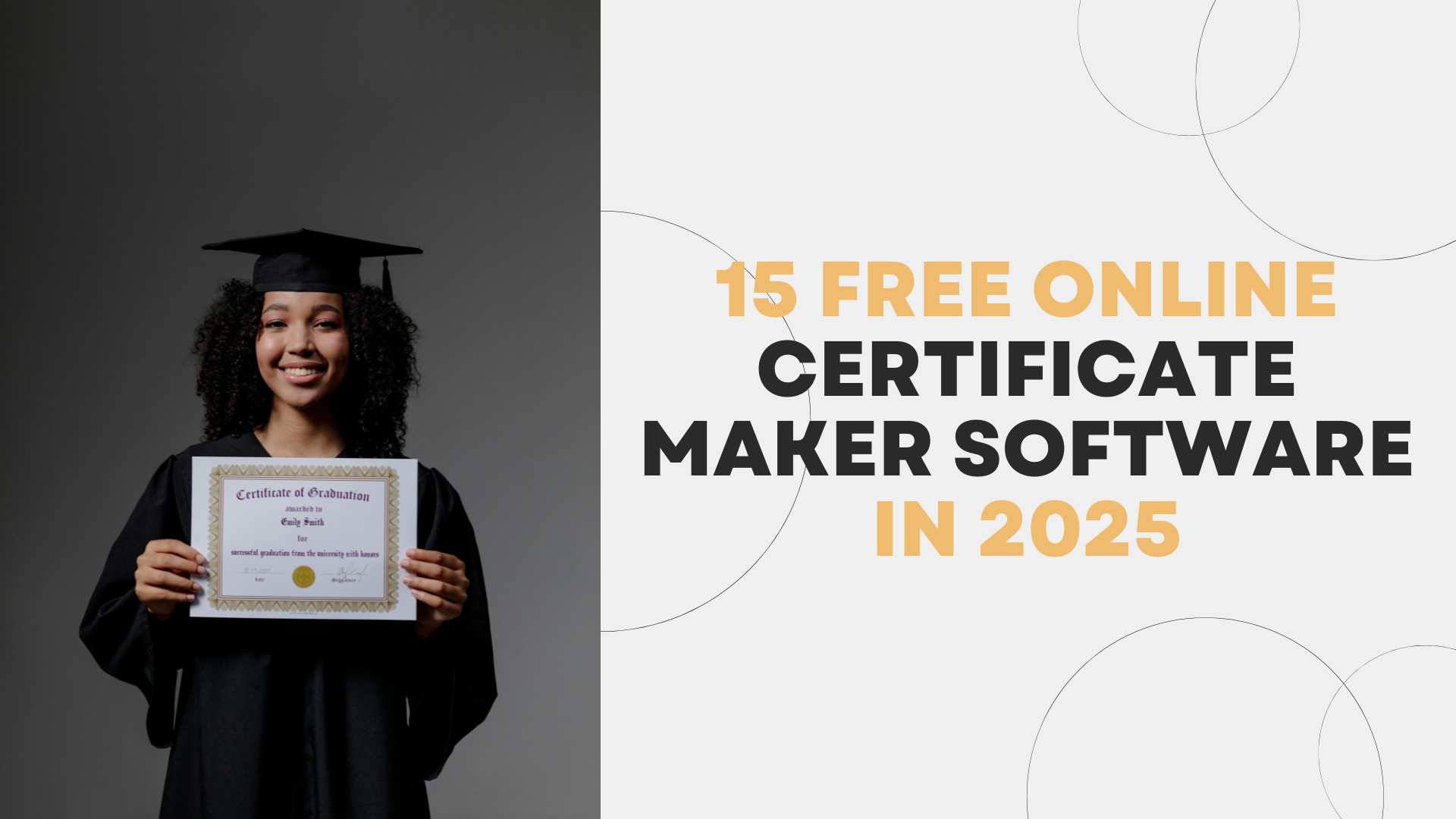The way we learn today is vastly different from how it was a decade ago. With technology advancing at a rapid pace, education has evolved to meet the needs of modern learners. But how exactly is learning changing in the digital age?
In this blog, we’ll explore the various ways digital tools and innovations are reshaping education, making it more accessible, personalized, and interactive.
What Is Digital Education?
Digital education refers to the use of technology to deliver and enhance learning experiences. It includes everything from online courses and virtual classrooms to digital textbooks and interactive apps. Essentially, digital education removes the traditional barriers to learning—students no longer need to be in a physical classroom to gain knowledge.
The significance of digital education lies in its accessibility. Whether it’s a child learning math through a game-based app or a college student attending a virtual lecture from across the globe, digital education brings knowledge to learners where and when they need it. In an era where information is available at our fingertips, digital education makes learning flexible, convenient, and personalized.
Why Does Digital Education Matters?
Digital education is not just a trend, it’s becoming a critical part of how people learn today. One of the key reasons it matters is its accessibility. Whether you’re in a major city or a rural area, if you have an internet connection, you can access high-quality educational materials. It’s also significant because it promotes personalized learning, allowing students to learn in ways that suit them best. Moreover, digital education supports lifelong learning. People no longer have to stop learning once they leave school or college. The digital age has brought education to everyone, everywhere, making it an invaluable part of modern life. Advancements in tutoring management software further enhance this accessibility and personalization by efficiently organizing tutoring sessions, tracking progress, and offering tailored learning support.
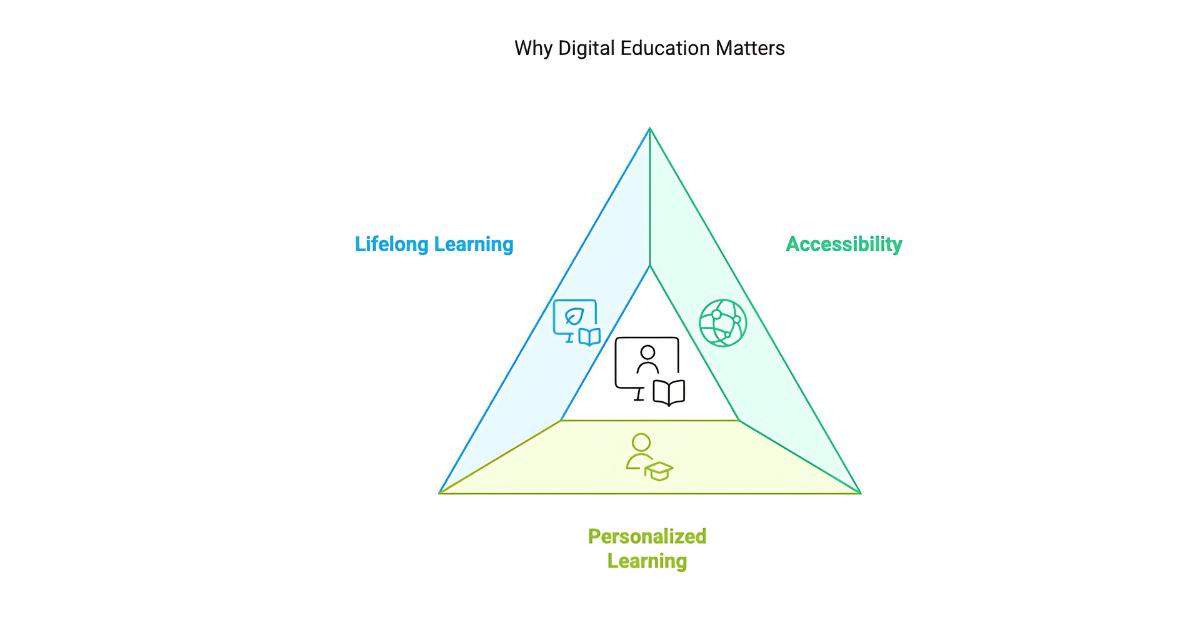
The Evolution of Digital Learning in Education
Digital learning didn’t happen overnight. It has gradually transformed from basic computer-based training programs to the sophisticated, cloud-based learning platforms we see today. Initially, technology played a supportive role in education—think of simple e-learning courses or online resources supplementing traditional classrooms.
However, with the introduction of high-speed internet, mobile devices, and cloud storage, digital learning became a core component of education. Today, online classes, virtual simulations, and personalized learning pathways are part of the norm.
Digital tools now enable a more interactive and engaging learning experience, moving beyond static PDFs and lecture videos. The transformation has empowered students to learn on their own, breaking the limitations of geography, time, and even physical classroom settings.
Early Adoption of Educational Technology
The early adoption of educational technology offers insights into how learning is changing in the digital age. In the early days, we saw basic tools like computers and projectors being integrated into classrooms.
This initial phase was about introducing digital aids that supplemented traditional teaching methods. Early educational programs were limited to drill-and-practice software or basic tutorials. However, even these small steps marked the beginning of a bigger transformation.
Technology allowed educators to experiment with new ways to engage students and present information visually, which started changing how we approach learning. It’s fascinating to think how these initial tools laid the groundwork for today’s sophisticated digital platforms.
Personalized Learning in the Digital Age
Technology has transformed education by enabling personalized learning. Unlike the old approach, today’s digital tools create custom learning pathways. Adaptive platforms adjust task difficulty based on performance, allowing students to learn at their own pace.
Personalized learning tools also offer tailored recommendations, much like Netflix does with shows. By analyzing a student’s strengths, weaknesses, and interests, these platforms suggest materials and activities that fit each individual’s needs.
This shift ensures a more relevant and engaging educational experience for every student.
Adaptive Learning Platforms
Adaptive learning platforms are a game-changer when it comes to personalized education. These platforms use algorithms to adjust the content and difficulty of lessons based on how well a student is performing.
For example, if a student struggles with a particular topic, the system will provide additional resources, tutorials, or practice problems to help them grasp it. On the flip side, if a student excels in an area, the platform may skip ahead to more advanced material.
This way, adaptive learning platforms ensure that no student is left behind while allowing others to move forward at their own pace.
Access to Knowledge Through Technology
One of the most profound changes in education is the democratization of knowledge. Before the rise of digital tools, access to quality education was often restricted by location, economic status, or available resources.
Today, with just an internet connection, students can access world-class tutors and their lectures, courses, and research from anywhere. Even traditional educational institutions have embraced online resources, allowing students to attend virtual lectures or access digital libraries.
In this way, technology has opened doors to learning for millions of people who previously had limited opportunities.
Digital Libraries and Resources
The rise of digital libraries and open educational resources (OER) has greatly expanded access to knowledge. Unlike traditional libraries, digital libraries are available 24/7, offering millions of books, articles, and journals online. OER, including free textbooks and instructional videos, provides valuable learning materials without the high cost. These resources make it easier for students and educators to access current information, enhancing learning and democratizing education.
The Global Reach of Online Education
The global reach of online education illustrates how learning is changing in the digital age. Students can now enroll in courses, attend virtual classes, and earn certifications from top institutions without leaving their home countries.
This worldwide access eliminates geographical barriers and allows learners to connect with peers and educators from around the globe, enriching their educational experience with diverse perspectives. In the digital age, education knows no boundaries.
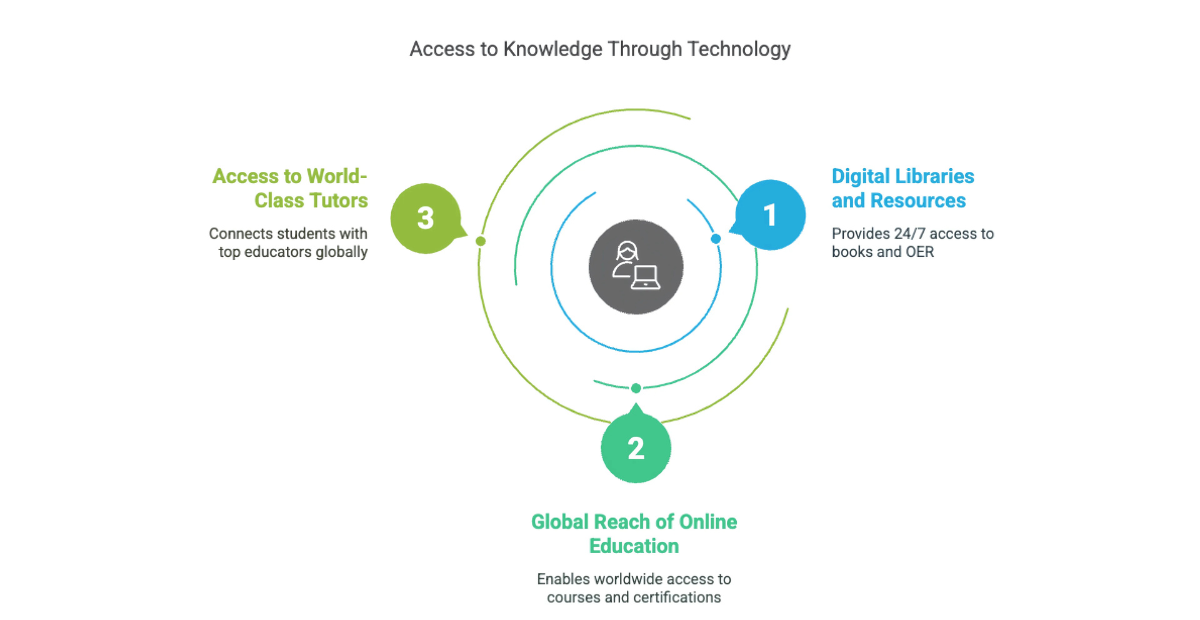
Collaboration and Interactivity in Digital Learning
Gone are the days when learning was a solo activity confined to textbooks and note-taking. In the digital age, learning is more collaborative and interactive than ever before.
Online tools such as Google Classroom, Microsoft Teams, and Zoom allow students and teachers to communicate and collaborate in real-time, no matter where they are located. Interactive learning platforms also play a critical role in enhancing student engagement.
Digital tools like Kahoot! and Quizlet make learning fun by incorporating game elements, quizzes, and competitions into lessons. These interactive methods encourage participation and make learning a more dynamic experience. Collaboration has also been enhanced by forums and group projects, where students can work together on assignments and share ideas across borders.
Virtual Classrooms and Discussion Forums
Virtual classrooms and discussion forums are key components in understanding how learning is changing in the digital age. These digital environments allow students and teachers to interact in real time, much like in a physical classroom, but with the added flexibility of being accessible from anywhere.
Tools like Zoom, Google Meet, and Microsoft Teams have made it possible for students to attend lectures, ask questions, participate in discussions and take tests/assessments on an online exam platform, all from their own homes.
Discussion forums further enhance collaboration, allowing students to engage in thoughtful dialogue, share ideas, and work together on projects at any time. These tools make learning more interactive and social, fostering a sense of community even in online spaces.
Changing Learning Spaces in the Digital Age
Traditional classrooms with desks and blackboards are gradually giving way to flexible learning environments. In the digital age, learning spaces have become more fluid. Students can participate in a class from their home, a café, or even a different country.
With online learning platforms and virtual classrooms, the physical boundaries of learning spaces have dissolved.In addition to virtual environments, physical classrooms are also changing. Many schools and universities are incorporating digital tools such as smart boards, interactive projectors, and tablets, creating hybrid environments where physical and digital learning co-exist seamlessly.
This shift encourages more collaboration, critical thinking, and creative problem-solving among students.
Flexible Classroom Designs
Traditional classroom layouts are evolving to accommodate the digital age. Today’s classrooms are being reimagined with flexible designs that support both digital and in-person learning.
For example, many classrooms now feature modular furniture that can be easily rearranged to suit group activities or individual work. Interactive whiteboards and projectors allow teachers to display digital content, while students use laptops or tablets to participate in lessons.
These flexible spaces are designed to foster collaboration, creativity, and critical thinking, preparing students for the future of work and learning.
Digital Tools and Solutions for Learning
The digital age has brought with it a wide array of tools designed to enhance learning. From digital textbooks and online curriculum platforms to learning management systems (LMS) and artificial intelligence (AI)-driven tutoring, there are numerous solutions available to support both students and educators.
For example, platforms like Blackboard and Canvas allow teachers to upload materials, track student progress, and facilitate discussions, all in one place. AI-driven tools, such as AI chatbots, can answer student questions instantly, providing real-time support. These digital solutions not only streamline educational processes but also make learning more engaging and efficient.
Among these advancements, CertifyMe stands out as a powerful tool for modernizing the credentialing process. This digital solution simplifies the creation, management, and distribution of digital credentials, such as badges and certificates.
With its intuitive dashboard and digital credential wallet feature, CertifyMe streamlines credentialing for educational institutions and offers students a convenient way to manage their achievements. By integrating CertifyMe into educational practices, institutions can enhance the efficiency of credentialing while ensuring that achievements are recognized in a modern, accessible format.
Learn more about how EdTech companies are growing with digital credentials and reshaping the learning experience.
Learning Management Systems (LMS)
Learning Management Systems (LMS) are digital platforms that help teachers and students manage all aspects of the learning process. Through an LMS, educators can upload course materials, assign tasks, give feedback, and track student progress.
For students, an LMS serves as a one-stop hub where they can access everything they need for their classes—from lectures and assignments to grades and resources. Popular systems like Canvas, Moodle, and Blackboard have streamlined education by providing both students and educators with organized, easy-to-use tools that enhance the learning experience.
Challenges of Digital Learning
While digital learning offers numerous benefits, it is not without its challenges. One of the biggest hurdles in digital learning is that not all students have equal access to technology or the Internet. In some parts of the world, students still struggle to gain access to basic digital tools, limiting their ability to participate fully in online education.
Another challenge is the lack of personal interaction. Although digital tools facilitate collaboration, they cannot fully replace the social aspects of in-person learning. Some students also find it difficult to stay motivated without the structure of a physical classroom.
These challenges highlight the importance of finding a balance between digital and traditional learning methods.
Engagement and Distraction Issues
While digital learning offers many benefits, it can also lead to distractions. With social media, games, and other online activities just a click away, it’s easy for students to lose focus during online lessons.
Additionally, the lack of face-to-face interaction in some digital learning environments can make it harder for students to stay engaged and motivated. Educators need to find ways to keep students focused, whether by using interactive tools, setting clear goals, or incorporating frequent feedback.
Balancing the benefits of digital tools with strategies to minimize distractions is key to making digital learning effective.

The Impact of COVID-19 on Digital Learning
The COVID-19 pandemic accelerated the digital transformation in education like never before. With schools and universities forced to close, institutions quickly shifted to online learning platforms.
This sudden shift was challenging, but it also demonstrated the resilience and adaptability of digital education. The pandemic has shown that digital learning is not just a supplement to traditional education, it is a viable alternative.
Post-pandemic, many institutions are now embracing hybrid learning models, blending online and in-person instruction to offer students more flexibility.
Long-Term Changes in Education Post-COVID
The impact of COVID-19 on education will likely have long-lasting effects. Many institutions have embraced hybrid models that blend in-person and online learning, and digital tools are becoming a permanent part of the classroom.
The pandemic also highlighted the importance of flexibility in education, as students and teachers learned to adapt to new circumstances quickly. In the long term, we can expect more emphasis on personalized, digital, and remote learning opportunities as education continues to evolve in response to global challenges and technological advancements.
The Benefits of Digital Learning Over Traditional Methods
Digital learning offers several advantages over traditional methods. It provides flexibility, allowing students to learn at their own pace and from any location. It also enhances engagement through interactive tools and personalized learning pathways.
Additionally, digital learning can be more cost-effective, as it eliminates the need for physical textbooks and resources. Compared to traditional education, digital learning is more adaptable to the needs of the modern world. As the digital age continues to shape our lives, embracing these tools will be key to preparing students for the future.
Flexibility and Accessibility
One of the biggest advantages of digital learning is its flexibility. Students can access course materials, participate in discussions, and complete assignments from anywhere, at any time.
This is especially beneficial for non-traditional students, such as working professionals or parents, who may not have the time to attend classes in person. This flexibility is one of the key ways in which learning is changing in the digital age.
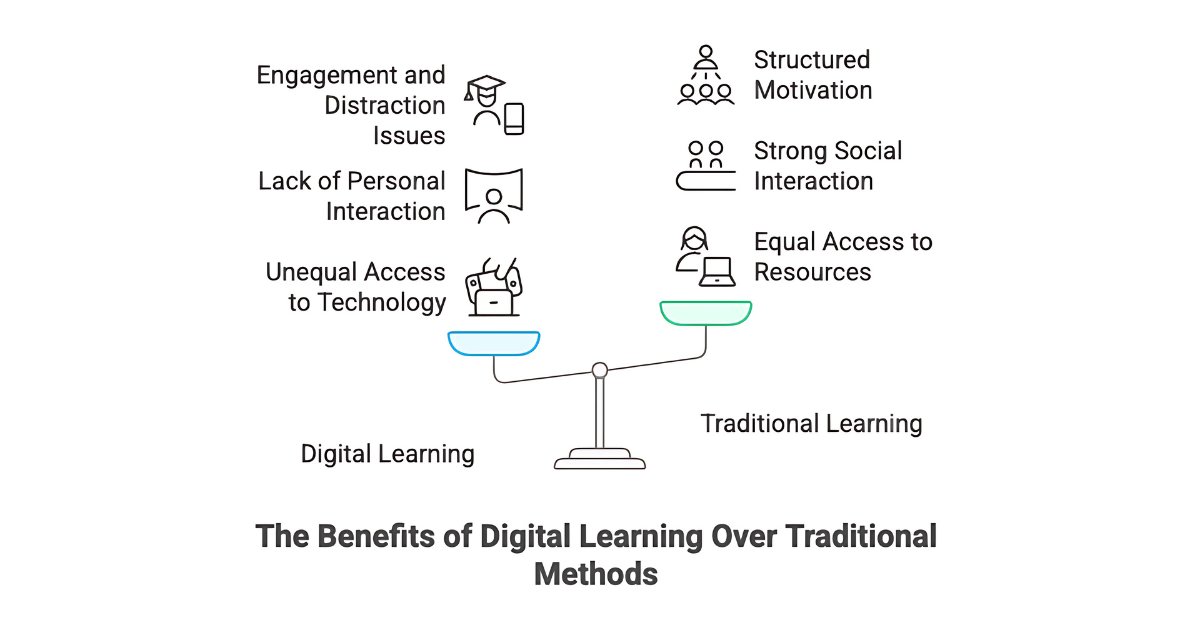
Future of Education in the Digital Age
As technology continues to evolve, so will education. In the future, we can expect even more personalized and immersive learning experiences. Virtual and augmented reality tools will allow students to explore historical events, perform virtual surgeries, or conduct scientific experiments in a simulated environment.
Artificial intelligence will continue to play a significant role, offering real-time feedback and adaptive learning experiences. The future of education in the digital age looks promising, with endless possibilities for innovation and growth.
To explore more on how credentials are adapting alongside these innovations, check out the future of digital credentials.
AI, Machine Learning, and Immersive Technologies in Education
AI and machine learning, alongside Virtual Reality (VR) and Augmented Reality (AR) , are revolutionizing education by offering personalized and immersive learning experiences. AI-powered tools can automate grading, provide instant feedback, and tailor tutoring to each student’s needs, while machine learning algorithms predict and address learning challenges.
Simultaneously, VR and AR create interactive and engaging environments, allowing students to virtually explore historical sites or interact with 3D models. Together, these technologies are transforming education by making learning more adaptive, immersive, and effective.
Looking Ahead: CertifyMe’s Role in the Future of Education
As education embraces more advanced technologies, CertifyMe is poised to play a crucial role in the future of digital credentialing. This platform offers a modern approach to managing and issuing digital credentials, seamlessly integrating into the evolving educational landscape.
With its capabilities for creating and handling digital badges and certificates, CertifyMe supports the trend toward personalized learning and efficient credential verification. For a deeper dive into the technology behind secure verification, explore our guide on understanding blockchain digital credentials.
By simplifying the credentialing process, CertifyMe aligns with the future of education, making it a valuable tool for institutions and students navigating the digital age.
Conclusion
To wrap things up, learning in the digital age is transforming education in ways we never imagined, making it more accessible, tailored, and engaging. The rise of digital tools and platforms has broken down barriers and opened up new possibilities for students everywhere.
While there are still hurdles to overcome, the shift towards flexible, interactive, and global learning opportunities is undeniably exciting. With advancements like CertifyMe streamlining credentialing, we’re seeing a future where education is not only more connected but also more efficient.
Embracing these changes will ensure that we continue to thrive in the ever-evolving world of learning.

 Author :
Author : 